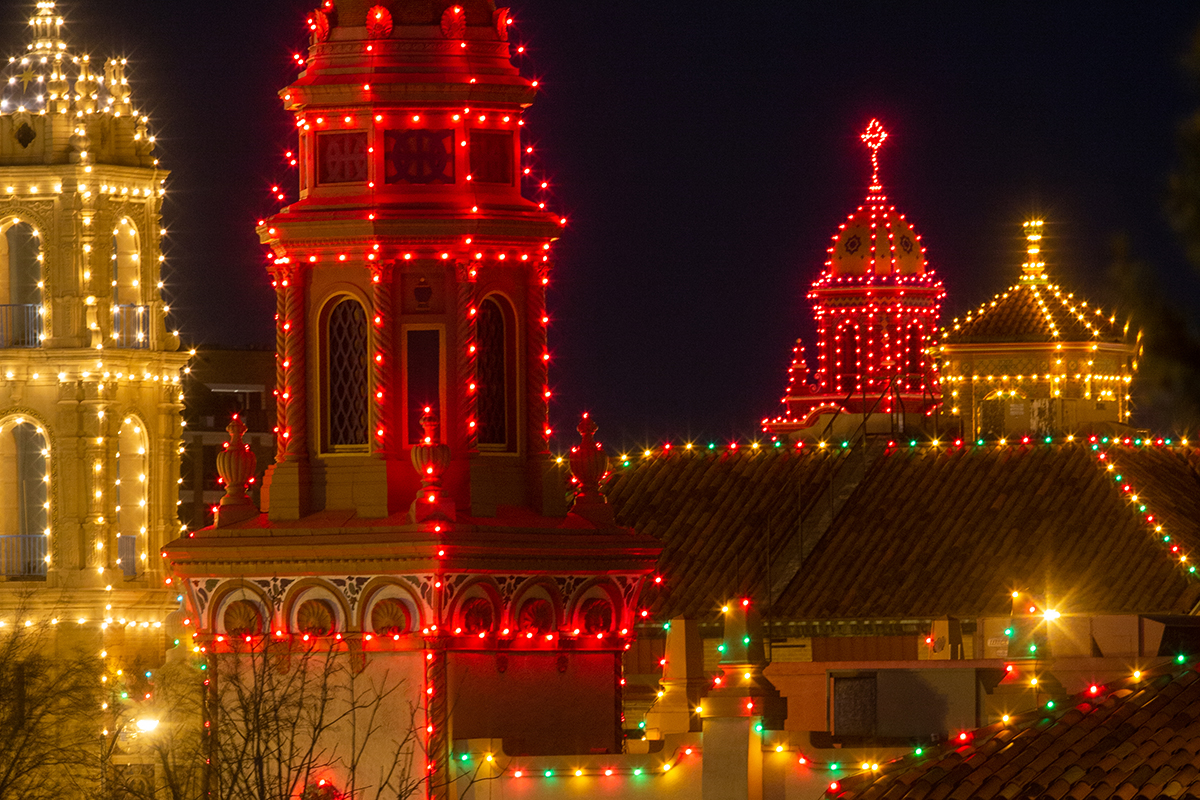It’s been forty years since two suspended walkways collapsed in the Hyatt Regency Kansas City hotel during an evening dance. One-hundred-fourteen people were killed and over two hundred were injured. It remains one of the deadliest structural collapses in the nation’s history.
Veteran KMBC reporter Michael Mahoney was at the disaster, covering what was supposed to be a happy night. Over the years, he avoided inserting himself into the narrative “like a true reporter,” says Haley Harrison, a news anchor at KMBC. But as the significant anniversary approached, the station asked if Mahoney would talk about his experience, and he agreed. Executive producer Cara Doyle Wright and news director Dan O’Donnell decided to revisit the collapse.
“The stars aligned,” Harrison says. “It was the right time.”
Harrison interviewed Mahoney and other witnesses, survivors, family members and first responders in the documentary KMBC 9 Chronicle: The Skywalk Tapes, which premiered July 13. The film also features archival footage from KMBC’s 1981 coverage, and Harrison narrates the timeline of the collapse.
“This is an event Kansas City has wrestled with because it was so traumatic,” she says. “If you’re my age or younger, there’s a lot of people who aren’t familiar with this story. But if you were around, then you knew someone who was there or somebody who had a friend who was there. Everyone was connected to it in some way.”
Harrison combed through broadcast interviews and newspaper articles to gather firsthand accounts and then find who was still around to tell their story. That’s how she found Dalton Grant, who was eleven years old when he was pinned under rubble and rescued hours later.
“He was hesitant to talk at first because he had told his story twenty years ago and felt it had been sensationalized,” Harrison says. “Once he found out what we were trying to do, he was fine with it. And his story is incredibly compelling.”
During her reporting, certain stories resonated with Harrison. Grant was trapped with his mother, who also survived, and it made Harrison place herself in the situation as a mother of two. Linda Scurlock, who was killed in the collapse, was performing in the all-female mariachi band Mariachi Estrella. Her son Kliph grew up to become a musician in Wales and previously played with the Flaming Lips. “To see how these stories evolved through time is interesting, but every person in there has a story that touches on a human level,” Harrison says.
With hours of footage, some details didn’t make the cut. “KMBC had hired a structural engineer from UMKC for its investigation, and we didn’t even get into that stuff,” Harrison says. Her interview with colleague Mahoney lasted three hours. When she showed him a video of himself interviewing a photographer at the collapse, he didn’t remember it. “Forty years of memories is interesting,” she says. “People are often, ‘Do I remember that because I was there, or because I read it somewhere?’”
Harrison says the tragedy taught first responders how to respond to mass casualty events. It also became a case study in engineering ethics and responsibility and lead to new building codes and standards. “But boy, what a price to pay for it,” she says.
The documentary aired weeks after a residential building in Surfside, Florida, collapsed, killing at least 97 people. “It’s hard on this anniversary for us in Kansas City to look at what’s happened in Surfside, because we know it was probably preventable,” Harrison says.
KMBC 9 Chronicle: The Skywalk Tapes is available to watch on YouTube in segments. It was created with the help of Doyle Wright, photojournalist and editor Turner Twyman and photojournalist Todd Ummelmann.





